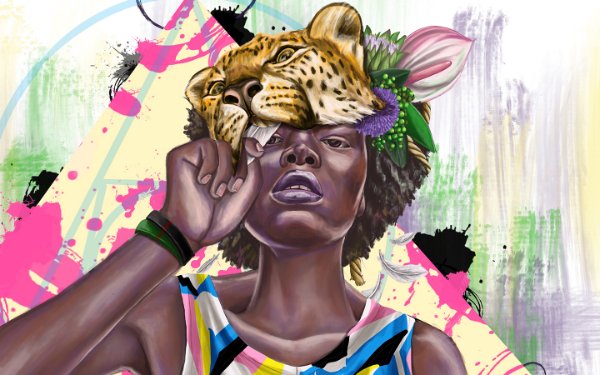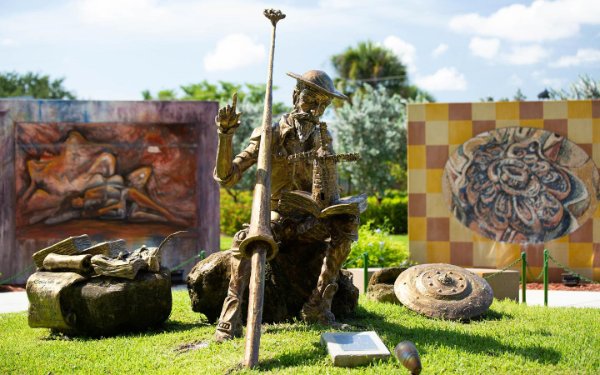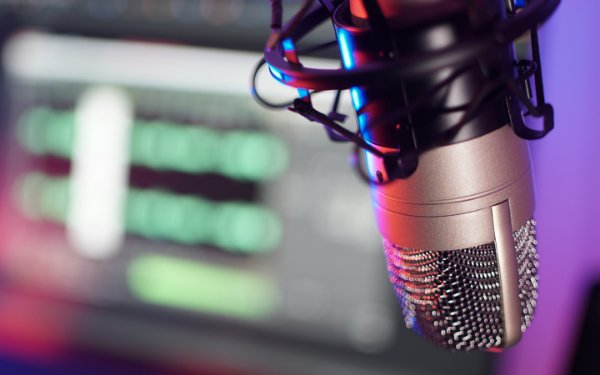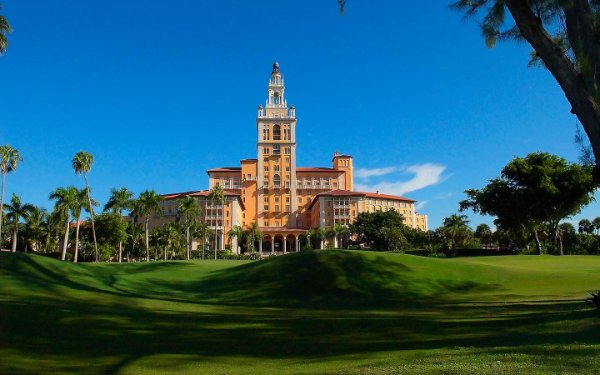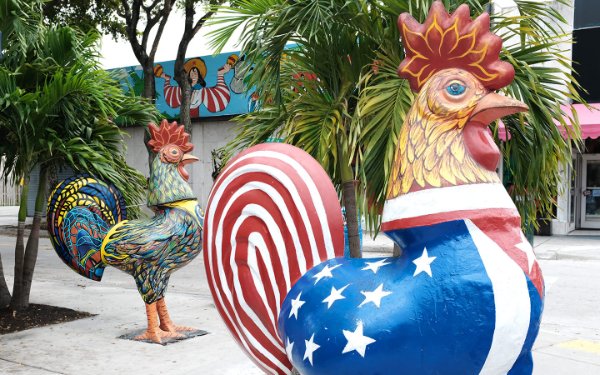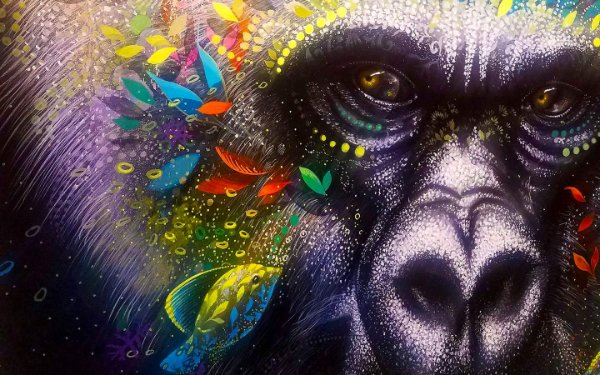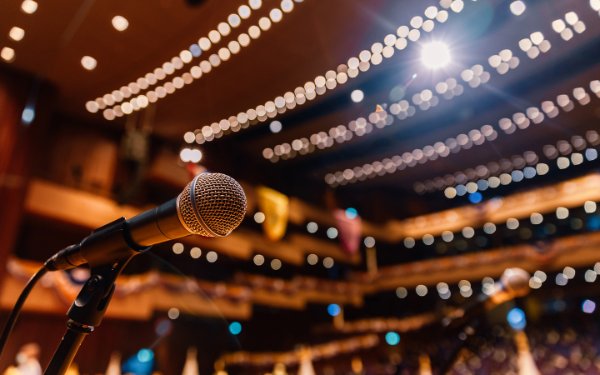
Start exploring to find your perfect Miami trip ideas. Click/tap the to add to your favorites list.
Click/tap the again to remove.
Click/tap the again to remove.
The Official Website of Greater Miami & Miami Beach

By Zebrina Edgerton-Maloy - March 26, 2024
Afro-Cuban cultures continue to shape the soul of Greater Miami & Miami Beach through art, music and dance. Afro-Cuban art in every medium is a window into the rich history of resilience and resistance of the African ancestors brought to Cuba and beyond. Discover the stories of Afro-Cuban artists who use their artwork to preserve centuries-old traditions, highlight the harsh realities of colonial Cuba's enslaved past and celebrate the thriving heritage of Afro-Cubans.
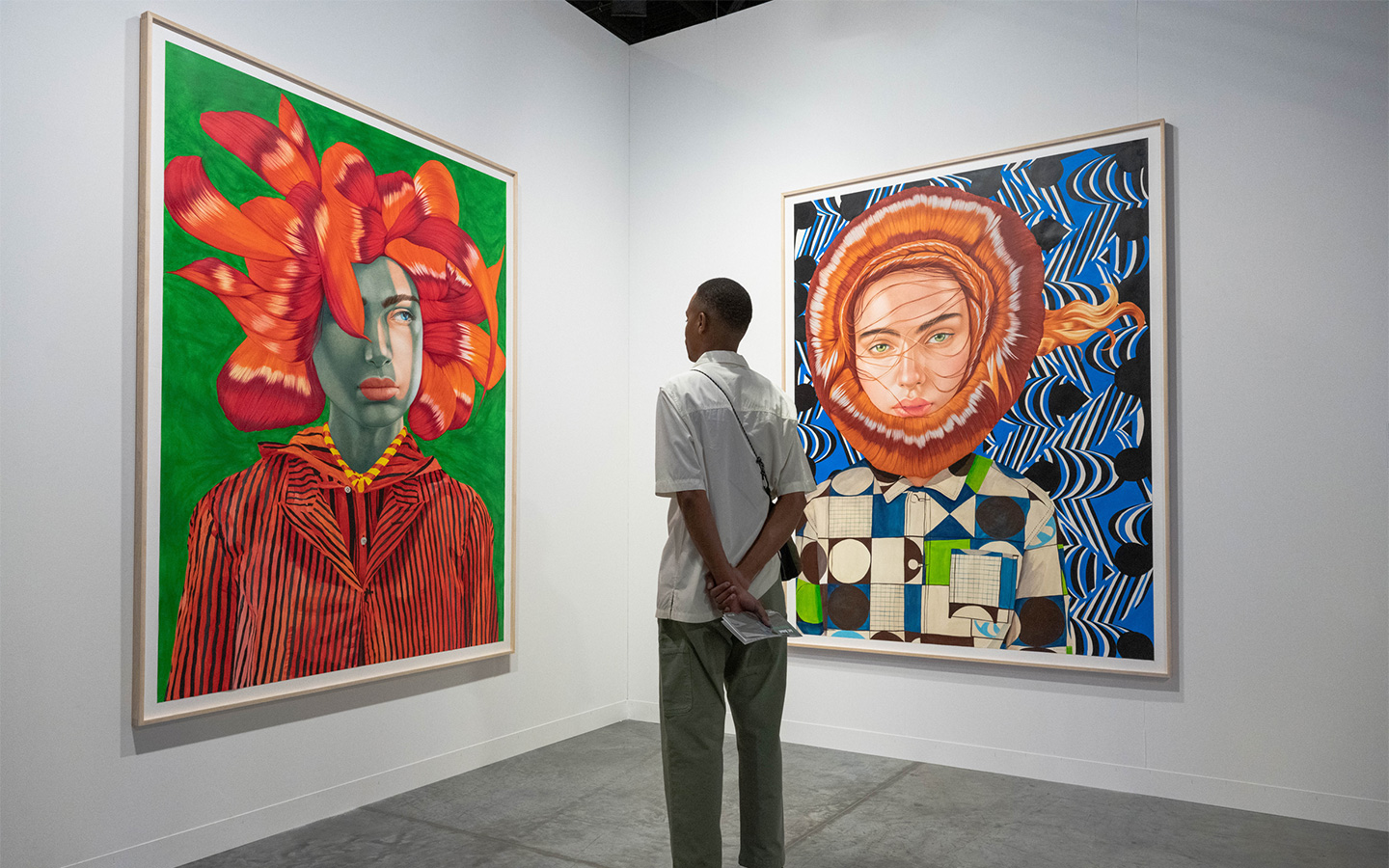
Many talented Afro-Cuban artists have enriched Miami's art scene for generations. Each voice is unique, yet they share a deep connection to their African and Cuban ancestry, expressed through their art.
Afro-Cuban artist Wifredo Lam (1902-1982) once said, "My painting is an act of decolonization." Inspired by renowned artists like Pablo Picasso and Frida Kahlo, Lam blended Cubism, surrealism and African art to defy notions of the primitive in works like "La Jungla" while acknowledging Cuba's colonial history.
Afro-Cuban art's legacy continues today with works by contemporary artists who push boundaries and challenge perceptions. Like Carlos Enríquez Gómez, who painted the Catholic saint Our Lady of Charity as the Orisha of Oshún in 1933, Gonzalo Borges is a prominent Cuban painter and drawer who weaves the rich mythology of the Yoruba religion in his paintings to help deconstruct misconceptions and view the religion through a modern lens.
Duwane Coates is a Cuban filmmaker, photographer, painter and conservator who tackles complex issues like migration, neo-Black identity, racism in Cuba and the cultural nuances of being Afro-Cuban in today's society.
Born and raised in Havana, Cuba, Tomás Esson immigrated to Miami in 1990 after Cuban authorities censored and closed his first exhibition. Esson fuses mythology, sexuality and political commentary to create bold and provocative artworks that criticize the failures of the Cuban Revolution.

Miami’s art scene is filled with examples of Afro-Cuban creativity, from classical masterpieces to contemporary artwork. Visit local museums to experience Afro-Cuban art. Check the museums' websites for ongoing and upcoming exhibitions featuring Afro-Cuban artists.
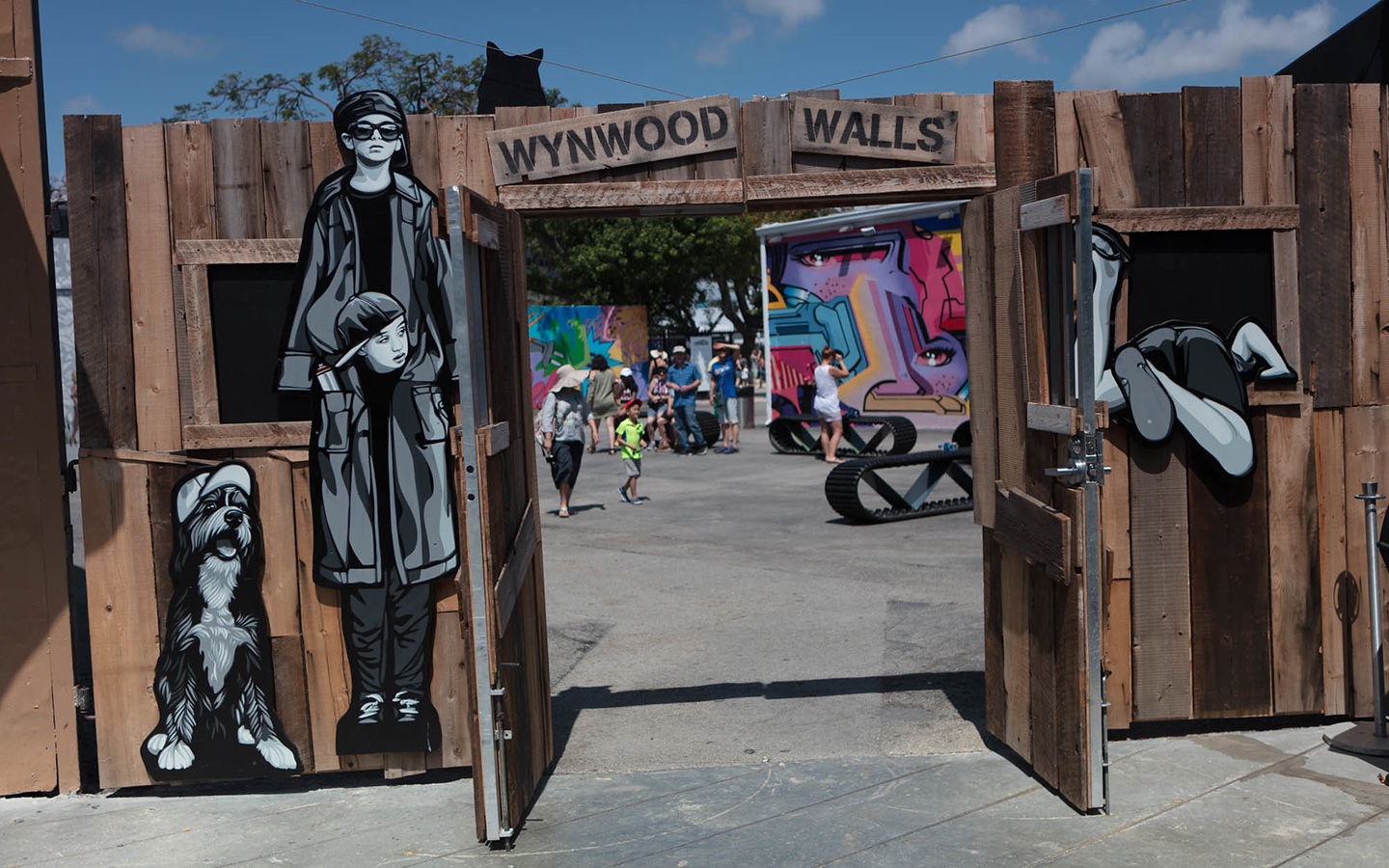
Step outside the art museums and surround yourself with Afro-Cuban art by viewing murals in neighborhoods like Little Havana and Wynwood. The destination hosts numerous festivals and events throughout the year that celebrate Afro-Cuban culture. Attend the annual Calle Ocho Music Festival to enjoy live music, dance performances and art displays celebrating Afro-Cuban culture. In December, head to Art Basel Miami Beach, where several galleries often showcase works by Afro-Cuban artists.
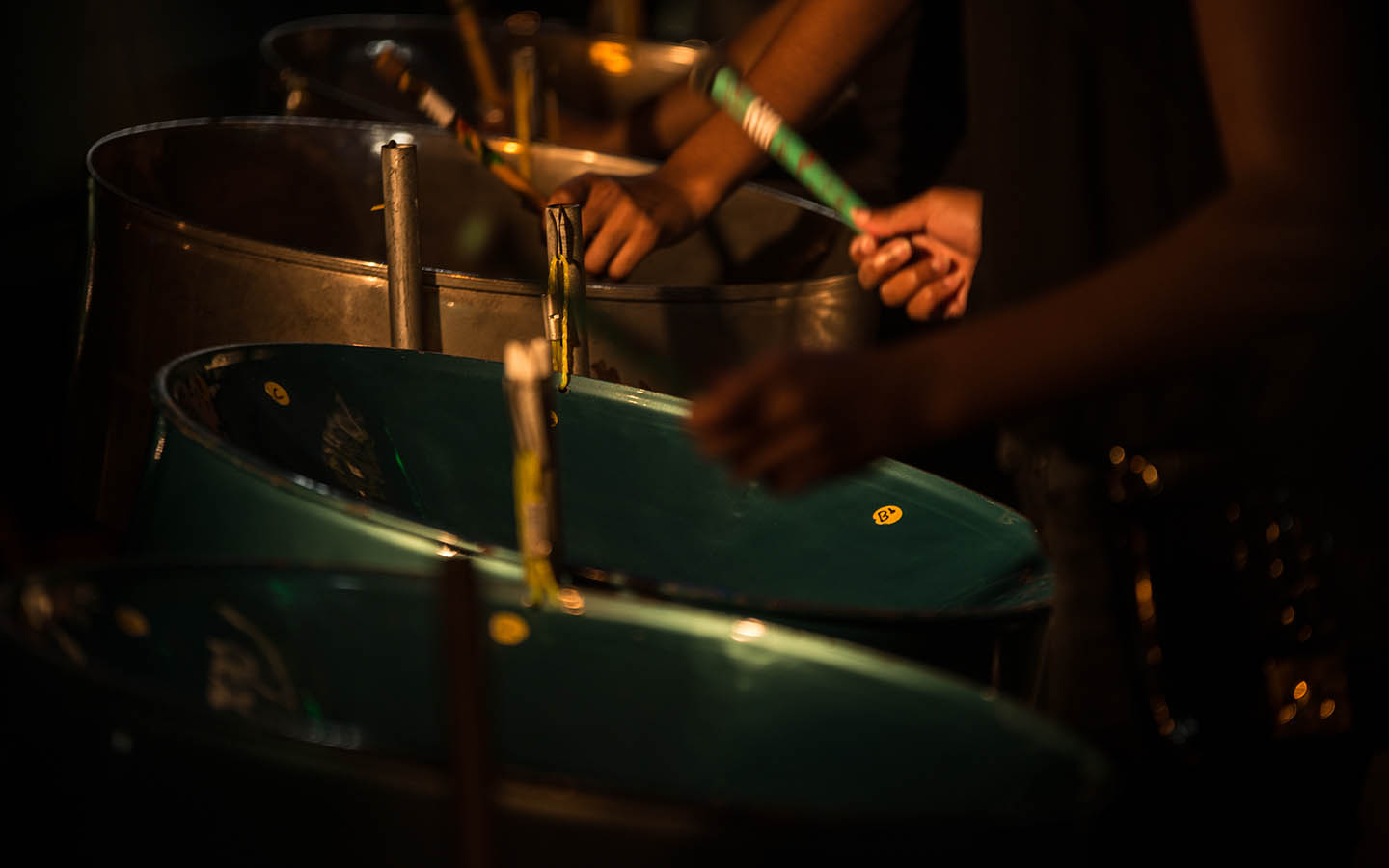
Afro-Cuban art also includes music and dance. Afro-Cuban music is deeply rooted in intricate rhythms that were born from the West African spirit and blended with Spanish influences. From the bongos, drums and bolero love songs to the rhythmic energy of rumba, each musical genre reflects different aspects of the Afro-Cuban lifestyle. To honor ancestral deities, dancers wear vibrant costumes that are living art pieces. Afro-Cuban artists use music and dance to tell the history of slavery while celebrating Cubans' cultural pride.
One of the most renowned dance companies dedicated to performing Afro-Cuban dance throughout Miami is IFÉ- ILÉ, an Afro-Cuban dance and music nonprofit dedicated to promoting Afro-Cuban culture. The company collaborates with different communities, institutions and organizations throughout the area to showcase traditional Afro-Cuban dances at various events. IFÉ-ILÉ performed at Art Basel Miami Beach and dedicated its show to unveiling a Yemaya sculpture by Cuban artist Roberto Diago.
Miami Dade College’s Koubek Center offers Afro-Cuban dance classes at Baila Little Havana with dancer and master Instructor Marisol Blanco. During each class, Blanco teaches dances of Afro-Cuban heritage, including rumba, as well as dances of African traditions, like Yoruba and Aará.

From dance and music to visuals, Afro-Cuban art is a unified creative language that artists have used to pass down traditions, stories and beliefs from generation to generation. By expressing themselves through art, Afro-Cuban artists help raise awareness of social change while creating safe spaces for connection and celebration. Art of Black Miami celebrates Africa's influences on art and culture in Miami with concerts, exhibitions, art competitions and more.

